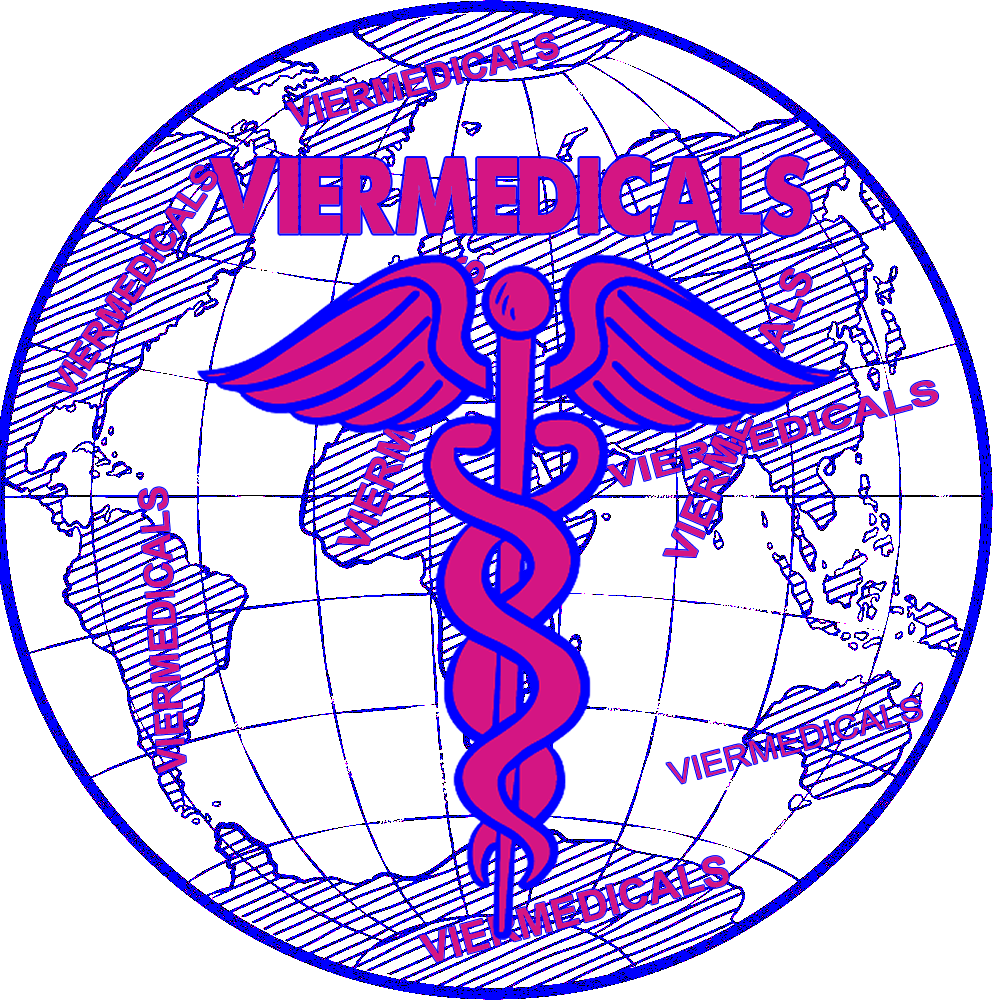
Oxygen Concentrator




Breathing Easier: An In-Depth Look at Oxygen Concentrators for Healthcare Professionals
In the realm of healthcare and medical support, oxygen concentrators have emerged as indispensable tools in managing respiratory conditions. As healthcare professionals, understanding the functionality, benefits, and appropriate prescription of these devices is crucial for optimizing patient care. This blog post delves into the intricacies of oxygen concentrators, exploring their types, applications, and the conditions they help manage
What Are Oxygen Concentrators?
Oxygen concentrators, also known as oxygen generators, are medical devices
that provide supplemental oxygen therapy to patients with respiratory ailments. Unlike traditional oxygen tanks that require refilling or replacement, oxygen concentrators continually purify ambient air, delivering a steady stream of oxygenated air. This purified oxygen, comprising 90% to 95% pure oxygen, is administered to patients via a mask or nasal cannula.
Caution for Use: It’s imperative that oxygen concentrators are only used under the prescription of a qualified healthcare provider. Misuse or unnecessary use of oxygen therapy can result in adverse effects, including potential lung damage.
Types of Oxygen Concentrators
When selecting an oxygen concentrator for your patients, it’s essential to consider the two main types available: stationary and portable
Stationary Oxygen Concentrators:
Weighing approximately 22 pounds (10 kilograms), these units are designed for home use and are powered by electricity. They have handles or wheels for easy mobility within the patient’s living space. Some models include a backup battery or compressed oxygen tank to ensure an uninterrupted oxygen supply during power outages.
Portable Oxygen Concentrators: Ideal for active individuals, portable oxygen concentrators are lighter and more compact, facilitating ease of movement and travel. They typically operate on rechargeable lithium-ion batteries, making them more versatile for patients with an on-the-go lifestyle. However, their oxygen output is generally lower than stationary units, a factor to consider when prescribing these devices.
Conditions Managed with Oxygen Concentrators
Oxygen concentrators are pivotal in the treatment and management of a variety of respiratory and cardiac conditions, including but not limited to:
– Asthma
– Bronchitis
– Chronic Obstructive Pulmonary Disease (COPD)
– Cystic Fibrosis
– Emphysema
– Heart Failure
– Lung Cancer
– Pneumonia
– Respiratory Trauma
– Sleep Apnoea
In addition to medical conditions, athletes and individuals visiting high-altitude regions may benefit from oxygen concentrators to enhance physical performance and acclimate to the oxygen variations at higher elevations.
Prevalence and Usage
Oxygen concentrators are commonly used across the United States, with over 1.5 million individuals relying on these devices as part of their supplemental oxygen therapy regimen. The widespread adoption underscores their efficacy in improving patient outcomes and quality of life.
Notable Oxygen Concentrator Models
To meet the diverse needs of patients, various models are available, each offering unique features:
- DeVilbiss 525: An analogue model with a digital timer capable of delivering 0-5 litres/minute of oxygen. This mobile unit has essential accessories such as a power cord, filter core, nasal oxygen cannulae, humidifier bottle, and tube fuses. It boasts an input power of 480 VA and provides an oxygen content of ≥90%.
- Precise 6000: This digital, mobile model offers a higher capacity of up to 6 litres per minute, catering to patients requiring more substantial oxygen support.
- RC5LXAQ by Invacare (USA): This model features a volume range of 0–5 litres per minute and is equipped with a counter to monitor usage accurately.
Conclusion
For healthcare professionals, the effective prescription and management of oxygen concentrators can significantly enhance patient care, improving respiratory function and overall well-being. By understanding the different types of concentrators and their specific applications, healthcare providers can tailor oxygen therapy to meet the precise needs of their patients. With their increasing prevalence and technological advancements, oxygen concentrators remain a cornerstone in the treatment of respiratory conditions worldwide. [https://viermedicals.com/shop/]










Leave a Reply